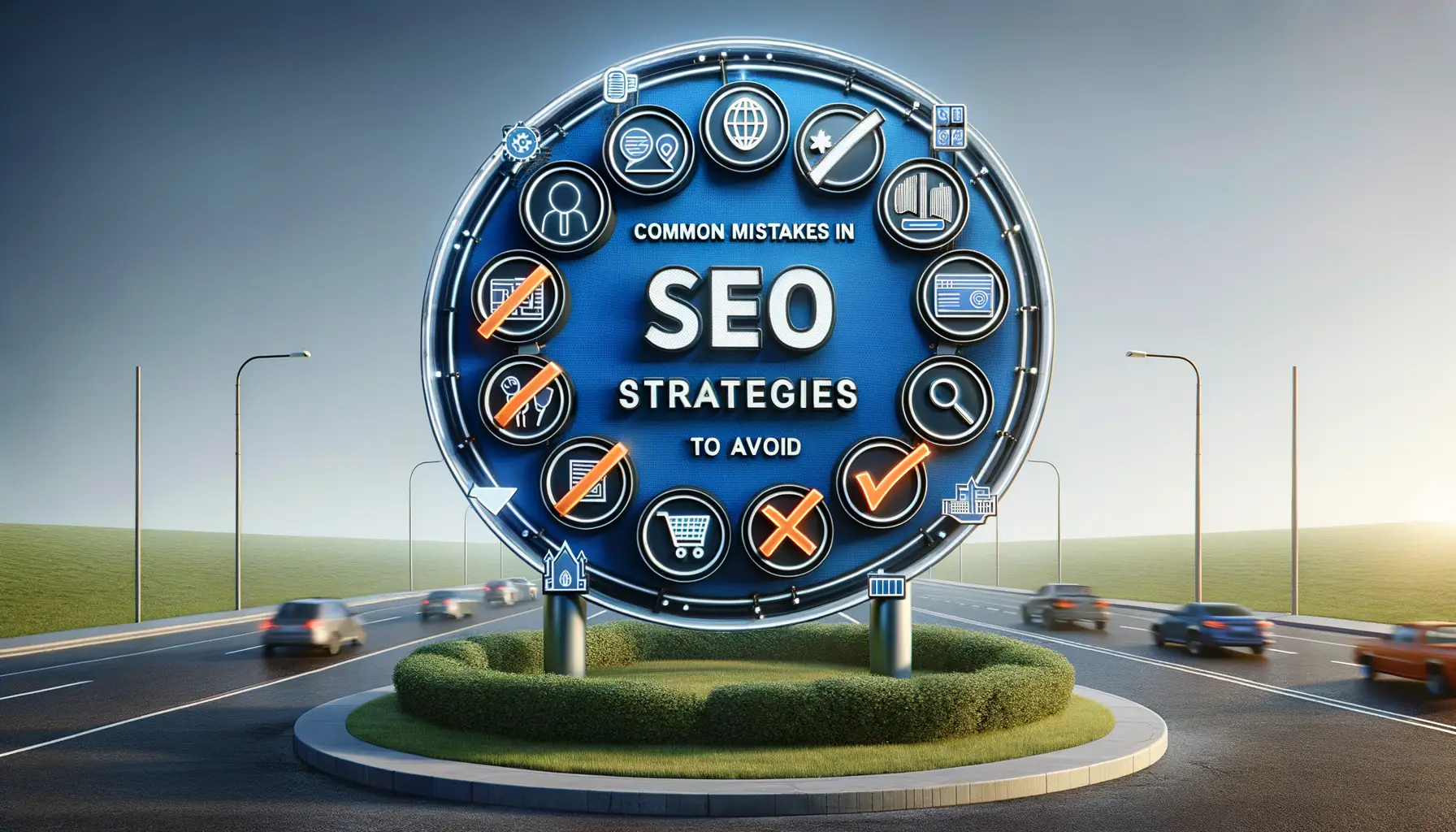Introduction to SEO Best Practices
Welcome to the exciting and ever-evolving world of SEO—a journey where strategy meets creativity! If you’re here, chances are you’re looking for ways to transform your website into a spotlight magnet for search engines. Whether you’re new to the game or have dabbled in SEO before, mastering best practices can feel a bit like learning how to juggle fiery torches. But don’t worry—you’ve got this!
Why SEO Matters More Than Ever
Think about the last time you Googled something. Were you on page 2? Page 3? Probably not. That first page is prime real estate, and SEO is your ticket there. Without it, even the most beautiful, perfectly designed site risks sitting in a lonely digital corner, untouched and unseen.
So, what does “best practice” really mean? It’s a mix of art and science. At its core, effective SEO involves:
- Keyword Research: Understanding the language your audience actually uses, not just industry jargon.
- On-Page Optimization: Crafting content that’s both irresistible to readers and a goldmine for search engines.
- User Experience (UX): Speed, navigation, mobile-friendliness—because nobody likes clunky websites.
Ready to roll up your sleeves and dive deeper? Keep reading to uncover the building blocks of a winning SEO strategy.
Essential Elements for Successful SEO

Building a Strong Foundation: What SEO Needs to Thrive
Imagine your SEO strategy as a thriving garden. If you don’t plant the right seeds and nurture them properly, you’ll end up with weeds instead of flowers. At its core, successful SEO relies on a combination of essential elements that work together like a symphony.
First, let’s talk keywords. These are your GPS coordinates in the digital jungle. Without them, search engines won’t know where to direct users. But don’t overstuff your content! Think of keywords like seasoning in a dish—just enough to enhance, but not so much it ruins the flavor.
Then comes high-quality content—the heart and soul of your website. Content that provides *real value* keeps readers hooked and boosts your credibility. Make sure it’s engaging, well-researched, and speaks to your audience’s emotions and needs.
- Fast-loading pages: Nobody likes lag. A slow site will turn visitors away faster than a closed door.
- Mobile optimization: Half the world is browsing from their phones. Is your site ready for that?
- Backlinks: These are the gold stars of SEO. When trusted websites link to you, search engines take notice.
Fine-Tuning for Search Engine Success
If Google were a person, you’d want them to fall in love with your site. That means paying attention to technical details. Sitemaps? Check. Proper meta tags? Double check. And don’t ignore on-page structure—it’s like organizing a bookshelf. Headings, subheadings, and images should all fit seamlessly into the story.
Oh, and analytics. They’re like your trusty compass. Watch how each piece of your SEO strategy performs, and don’t hesitate to adjust course when something’s off. Remember, success is in the small, personalized tweaks.
Advanced Techniques for Improving Rankings

Unleashing the Potential of Semantic Search
What if you could speak Google’s language fluently? That’s what mastering semantic search feels like! Instead of focusing solely on cramming keywords, shift to understanding *intent*. Think about it – when someone searches for “best coffee near me,” they’re craving more than caffeine. They’re probably imagining cozy vibes, rich aromas, and maybe a croissant or two. Tailor your content to *answer those unspoken desires*.
Here’s the trick: incorporate related terms naturally. For example, instead of repeating “coffee shop” endlessly, weave in phrases like “artisan coffee blends”, “latte art designs”, or “locally sourced beans.” This not only satisfies Google’s algorithm but also creates moments of joy for your readers. A win-win!
Harnessing Data-Driven Insights Without Losing Creativity
Numbers hold untapped power in SEO! Use tools like Google Analytics or Semrush to drill down into essential data. What pages are bringing visitors in droves? Where are people bouncing off faster than a rubber ball?
Once you’ve decoded the numbers, spice things up with creativity:
- Repurpose top-performing blogs into engaging videos.
- Transform dry stats into eye-catching infographics.
- Launch a fresh, attention-grabbing content series based on trending search queries.
Remember, while data gives you the map, creativity is the fuel that keeps your audience hooked.
Common Mistakes to Avoid in SEO Strategies

Misjudging Keywords: The Sneaky Trap
Ever feel like you’re shouting into the void with your content? One culprit might be a poor choice of keywords. Many people fall into the trap of targeting overly broad terms, hoping to reel in loads of traffic. But here’s the thing: competing for “best shoes” is like entering a race against Olympic sprinters. Instead, focus on long-tail keywords that your specific audience actually searches for—things like “comfortable running shoes for flat feet.” These little gems may not seem flashy, but they convert like magic. Oh, and don’t ignore search intent! Guessing your audience’s needs incorrectly is like showing up to a beach party in a tuxedo. Awkward.
The Over-Optimization Pitfall: When More Isn’t Better
We get it—SEO can be exciting! But overdoing it? That can send search engines running the other way. Here are some common “too much of a good thing” mistakes:
- Keyword stuffing: Repeating the same keyword fifty times will not make Google love you. It’s more likely to give your readers—and algorithms—a headache.
- Exact-match anchor text overload: Sure, linking is vital, but cramming exact phrases into every link screams spammy desperation.
- Overwhelming technical tinkering: Don’t over-optimize page speed or schema markup at the expense of usability. Visitors care about seamless experiences, not just milliseconds!
The bottom line? Balance. SEO isn’t a game of extremes; it’s about finding harmony between visibility, relevance, and user joy.
Conclusion and Future Trends in SEO

Why Staying Ahead Matters
SEO isn’t just a game of cat and mouse; it’s a full-blown race where the track changes daily. Algorithms are evolving faster than your favorite streaming playlist, and if you’re not keeping up, you’re falling behind. Trends like voice search, for instance, are reshaping the SEO landscape. Think about it: people don’t talk to their smart speakers like they’re typing a search query. They ask real-life, conversational questions—and your content needs to answer those questions naturally.
Here’s the kicker, though: the future of SEO doesn’t just live in keywords and backlinks—it lives in intent and experience. Are you optimizing for how users actually behave? For example, ask yourself—does your page load faster than a caffeine-fueled rabbit? If not, Google and your audience won’t stick around.
Emerging Trends to Watch
Looking ahead, here are some exciting shifts that could redefine the way we approach SEO:
- AI-Powered Optimization: Tools like ChatGPT (hello!) and other AI systems are enabling smarter, faster keyword strategies and user insights.
- Visual Search: With the rise of image-based platforms, ranking images and videos will become just as vital as text.
- EAT (Expertise, Authority, Trustworthiness): Google is doubling down on quality, demanding deep expertise and credible sources in your content.
Every shift presents an opportunity. Learn, adapt, experiment—and remember: in the world of SEO, it’s not the biggest voices that dominate. It’s the sharpest minds.


